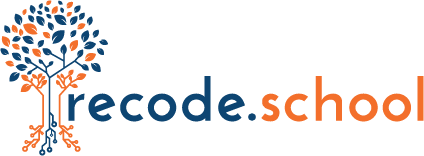Kentucky has a school culture problem ...
because far too many kids are being removed from school in the name of "discipline."
Source: Kentucky Safe Schools Annual Statistical Report
Now, I want to make sure you understand that the 287,981 suspension or expulsion events are across 655,475 students total P-12 in the system. So, a ratio of 43 events per 100 kids. And, second, there are lots of repeat offenders. In fact, 86,930 kids are responsible for those 286,981 events. So, that total ratio is 13 kids per 100 kids can expect to be suspended or expelled.
But, for many reasons that too does not accurately capture the challenges either. The vast majority of school discipline happens in grades 6-12 (middle and high) so the ratios are skewed by using the full population. Your chance of suspension/expulsion in grades K-5 is small, only 14 events per 100 kids. But, in 6-12 the game changes to 70 events per 100 kids. In 9th grade in particular, there are 107 events per 100 kids (more suspension/expulsion events than there are kids). At those very formative moments transitioning into adulthood, 1 in 4 kids (26%) are currently being suspended or expelled. What result do we expect for that 26% of kids who are suspended in their first year of high school? Will they discover the error in their ways while sitting in the in-school suspension room and reform themselves? Or will they give up on the system? Will they determine the culture to be one to which they are ill suited. Will they count the days until they can drop out?
The bottom line is that this is a picture of a something that is broken. Our middle and high schools have a culture where many children are suspended and some many times over. Kids misbehave for a variety of reasons and some of that behavior does require removal from the learning environment. But, much of the misbehavior of kids is a direct response to the lack of engagement/motivation/hope by schools. Not every lesson is going to be captivating and compelling, but a child should have a reasonable expectation that each day they walk into the school something throughout the day will be captivating and compelling. Sadly, this is not our current culture. Perhaps it is time we consider a change.
Data Sources:
1. Kentucky Safe Schools Annual Statistical Report 2016-17
2. Kentucky School Report Card, Statewide Data 2016-17




